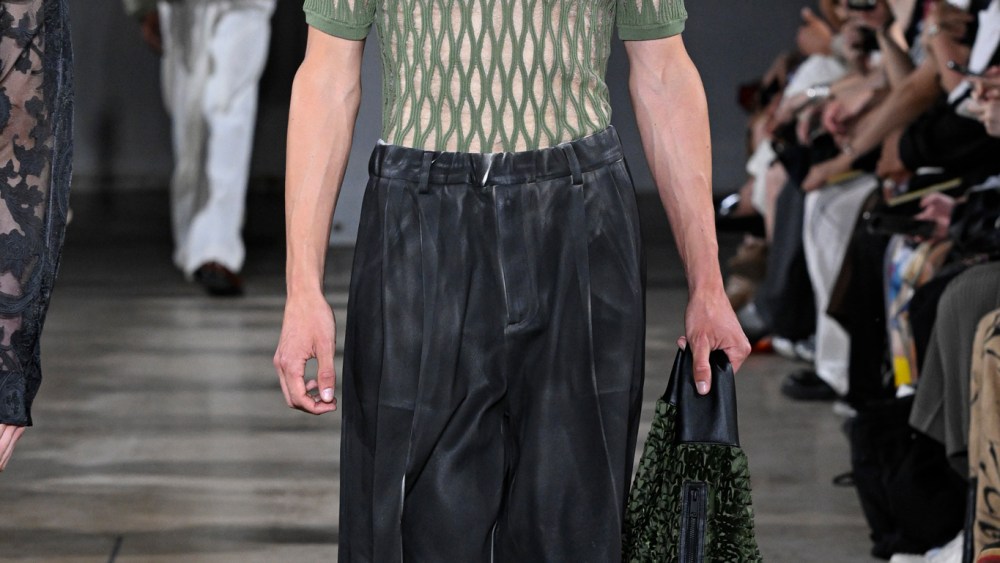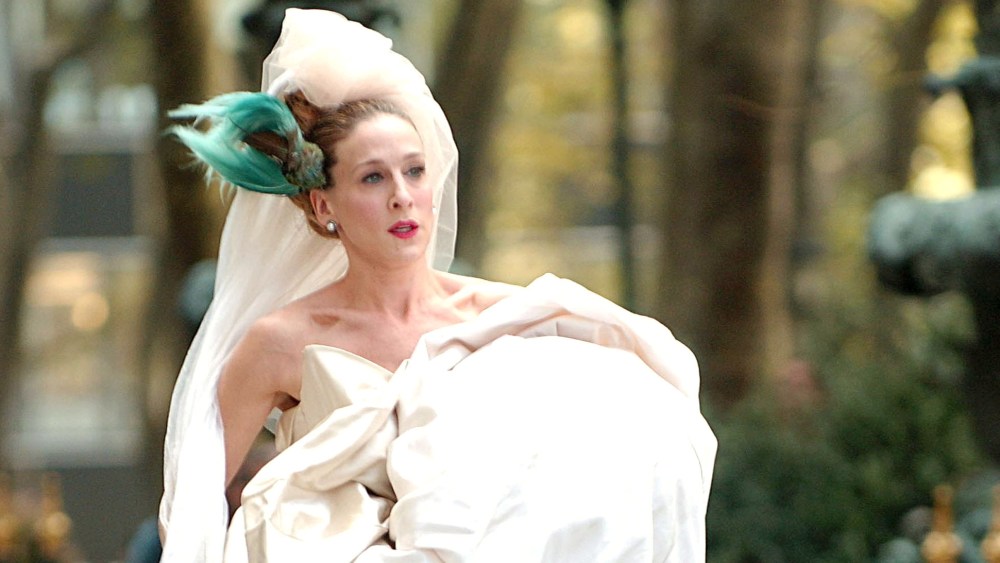Ralph Lauren Corp. has made meaningful progress in its “Timeless by Design” strategy, according to the company’s 2025 Global Citizenship & Sustainability Report released Thursday.
“Timeless by Design” captures Ralph Lauren’s work to support the partners, communities and natural resources on which it depends and ensures timelessness is embedded from a product’s inspiration through to its use and reuse across generations. In September, the company revealed its Next Great Chapter: Drive strategy to deliver long-term, sustainable growth and value creation.
Key highlights from fiscal year 2025 include:
You May Also Like
- Meeting at least one of the company’s sustainable material criteria in 98 percent of units produced.
- Introducing Ralph Lauren’s fifth Cradle to Cradle Certified product (introducing the Oversize Cashmere Boatneck Sweater).
- Launching a denim recycling program in North America, piloting a repair service and expanding the Ralph Lauren Vintage offering.
- Achieving a 34 percent reduction in absolute emissions from the company’s FY20 baseline.
- Introducing the second Artist in Residence collaboration, featuring Diné Navajo artist Zefrem-M. The capsule celebrates Navajo tradition and culture with designs that blend the old and the new.
- Opening the third cancer center in the U.S., the Ralph Lauren Center for Cancer Prevention at USC Norris Comprehensive Cancer Center in Los Angeles.
“Guided by Ralph’s vision of timelessness, our citizenship and sustainability work is fundamentally about supporting longevity of our business and the resilience of the people and resources that enable it,” said Katie Ioanilli, chief global impact and communications officer, at the company. “Over the last three years, we’ve sharpened our focus, deepened our partnerships and evolved how we work to further embed our approach and progress into our business and culture.”
In its report, the company noted that for nearly 60 years, it has created iconic products that are timeless, and that can be worn, loved and passed onto the next generation. Its Timeless by Design strategy brings that to life through three pillars: Create with Intent (embed inclusivity and incorporate circular principles into their designs, enabling its most iconic products to live on through generations), Protect the Environment (creating products more responsibly and using more renewable energy, diverting waste, reducing pollution from manufacturing and enhancing water use efficiency and management in priority geographies) and Championing Better Lives (building relationships that stand the test of time and focusing on actions that simultaneously benefit their communities, teams and company).
The company achieved 87 percent favorable responses in its most recent employee survey about belonging and equity, according to the report.
Other highlights include achieving its target by offering Polo denim styles made from 100 percent recycled cotton. Ralph Lauren also said it continued to test and develop innovative products with partners and identify opportunities to use regenerative fibers in its products. Some 70 percent of its business was with strategic and key suppliers that met their business, quality, citizenship and sustainability performance criteria — compared with 56 percent in FY24. The company decreased total water use across its operations and value chain by 32 percent from its fiscal 2020 baseline. Ralph Lauren also continued to invest in renewable energy attribute certificates, covering 100 percent of its global electricity use in its owned and operated facilities.
The company said it will evolve its approach to climate as part of its ongoing commitment to decarbonization. Accordingly, it will retire its 2040 net-zero goal in favor of setting rolling five-year GHG reduction milestones, with a near-term focus on its current SBTi-validated 2030 goal to reduce emissions by 30 percent from its FY20 baseline.
Ralph Lauren said this approach is intended to deliver impactful full results and drive accountability as the company works together with industry, government and other partners to advance infrastructure and innovation that will support decarbonization at scale. The firm said it intends to continue to follow a science-based methodology aligned with the Paris Agreement. It will also continue to support programs such as the Future Supplier initiative — a collective financing mechanism facilitated by The Fashion Pact in partnership with Apparel Impact Institute, Guidehouse and DBS Bank — to decrease the cost of capital to fund supplier decarbonization efforts.
“Ralph Lauren is setting progressive goals that keep the company focused on science-based decarbonization methods while also accounting for the maturity of the wider ecosystem and regulatory environment,” said Lewis Perkins, president and chief executive officer of the Apparel Impact Institute. “Their investments in AII are exactly the kind of measurable, on-the-ground efforts that drive meaningful decarbonization outcomes.”


